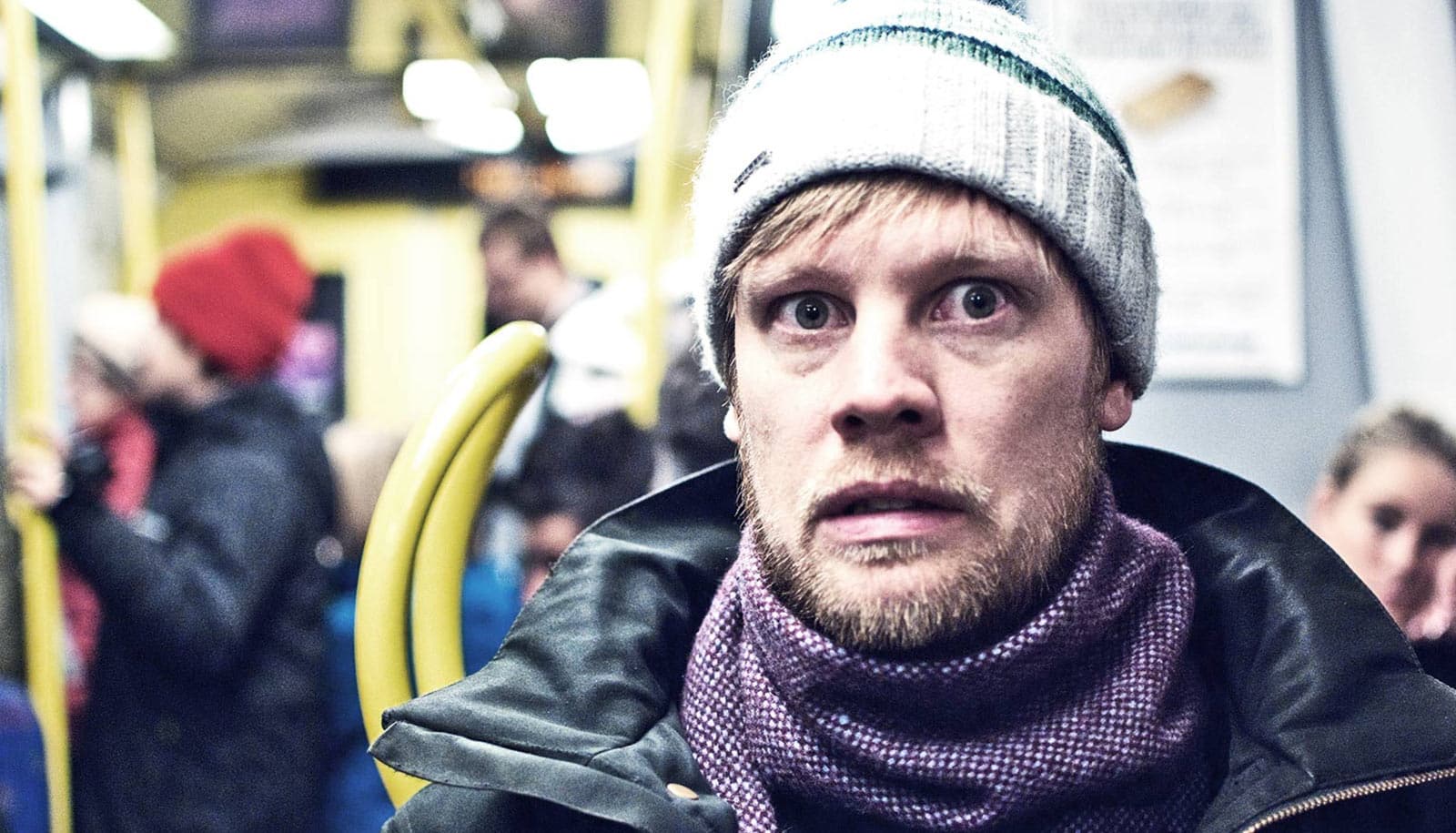A new mathematical model could cure the potential to underestimate how quickly diseases spread.
Its creators discovered that current predictive models may miss the influence of a critical aspect of the social behavior of individuals.
In contrast to the current models—which generally assume a constant rate of spread—the new model takes into account the propensity for individual social interactions to alternate between periods of latency and “bursty” episodes of intense activity.
In a globally connected world, burstiness can ignite the wildfire-like spread of disease, fueled by a social feedback loop in which individuals who are active in generating connections with others tend to further increase their activity. Scientists refer to this phenomenon as “self-excitement.”
“Human social behavior is often prone to self-excitement: The more we are active, the more we receive attention and gratification, which, in turn, bolsters our activity,” explains coauthor Maurizio Porfiri, a professor of mechanical and aerospace engineering as well as biomedical engineering at the New York University Tandon School of Engineering.
Coauthors are Alessandro Rizzo, a visiting professor at NYU Tandon and an associate professor of control engineering at Politecnico di Torino, Italy and Lorenzo Zino, a visiting student at NYU Tandon and a Politecnico doctoral student. Their new model appears in the Journal on Applied Dynamical Systems.
When diseases strike, epidemiologists, health care providers, policymakers, and scientists use predictive models to track and forecast how epidemics are likely to infiltrate populations. Those fighting recent outbreaks of Ebola, measles, the mumps, and tuberculosis all rely on predictive models to prescribe methods to halt the spread.
In the paper, the researchers developed a time-varying network model incorporating burstiness, then simplified the model by use of a mathematical maneuver called Hawkes processes, which rely on just two parameters and are capable of reproducing highly complex phenomena observed in empirical data, such as burstiness and clustering.
Porfiri explains that the new research is a compelling step in developing mathematical models that are able to describe and predict all kinds of social dynamics.
“Most of the existing literature assumes that epidemics spread either much faster or much slower than the speed at which individuals build social connections,” he says. “This is seldom true, as people can travel any distance in a few hours, effectively spreading many pathogens.”
“This phenomenon of individual interaction shapes the evolution of social systems and cannot be neglected when modeling real-world problems,” adds Rizzo. “We believe that the formalization and analysis of such a feature is key to a mathematically grounded study of real-world problems, both from qualitative and quantitative points of view.”
The team’s approach permits nuanced modeling of different illnesses—from a highly contagious airborne virus such as influenza, which moves quickly among people with high mobility but is limited by those who seclude themselves, to a virus like HIV, which has a long latency period and slower transmission rate.
The team aims to incorporate other real-world features of human systems into the model.
“We are also interested in investigating other dynamics, such as the evolution of opinions in social communities, cognitive biases or dissonances, or the competing spread of information and misinformation,” Rizzo says.
Support for the work came from a National Science Foundation grant to study the concurrent evolution of the dynamics of infectious diseases and the networks through which they spread. Additional funding came from the US Army Research Office and Compagnia di San Paolo.
Source: NYU



